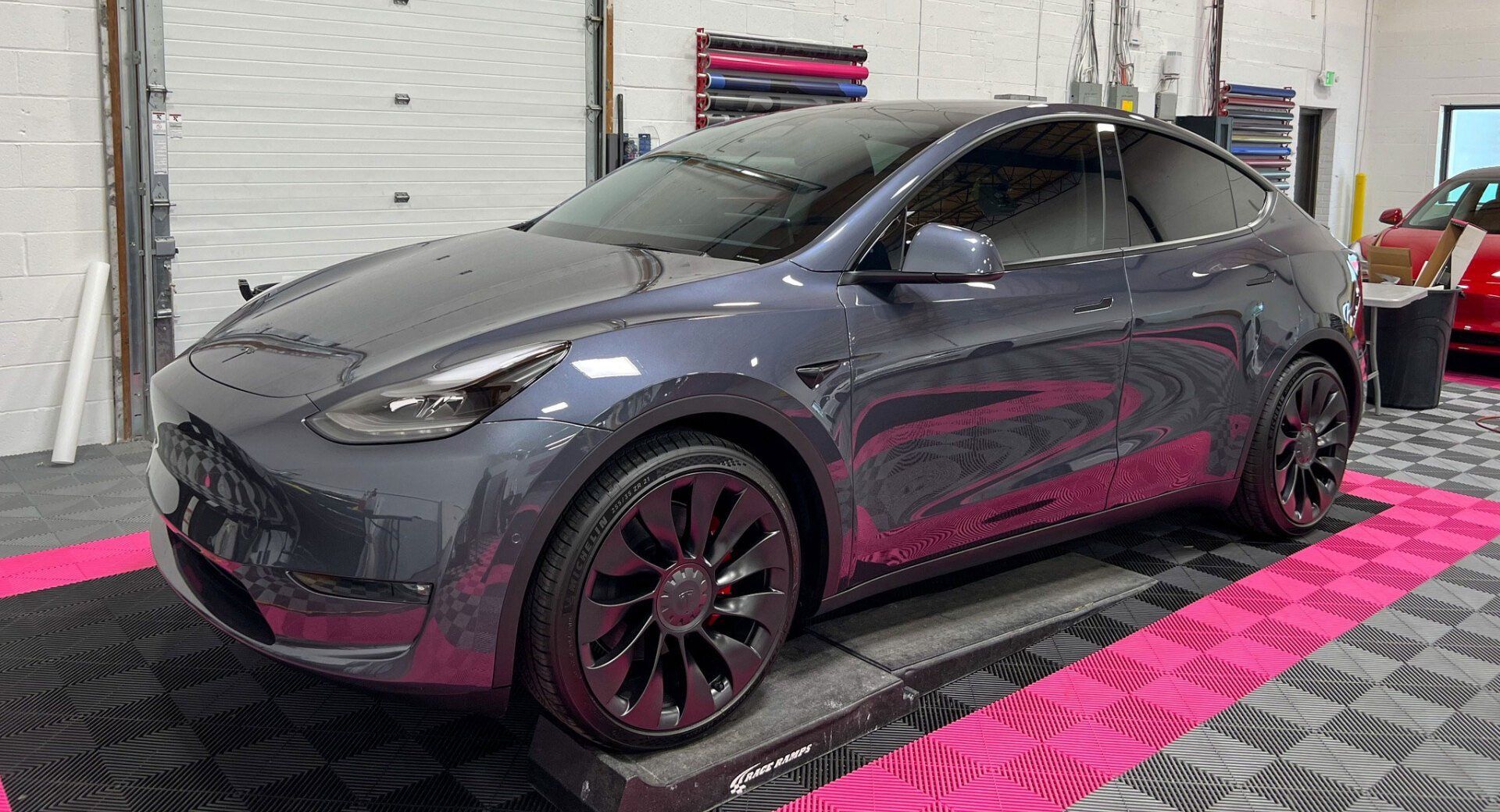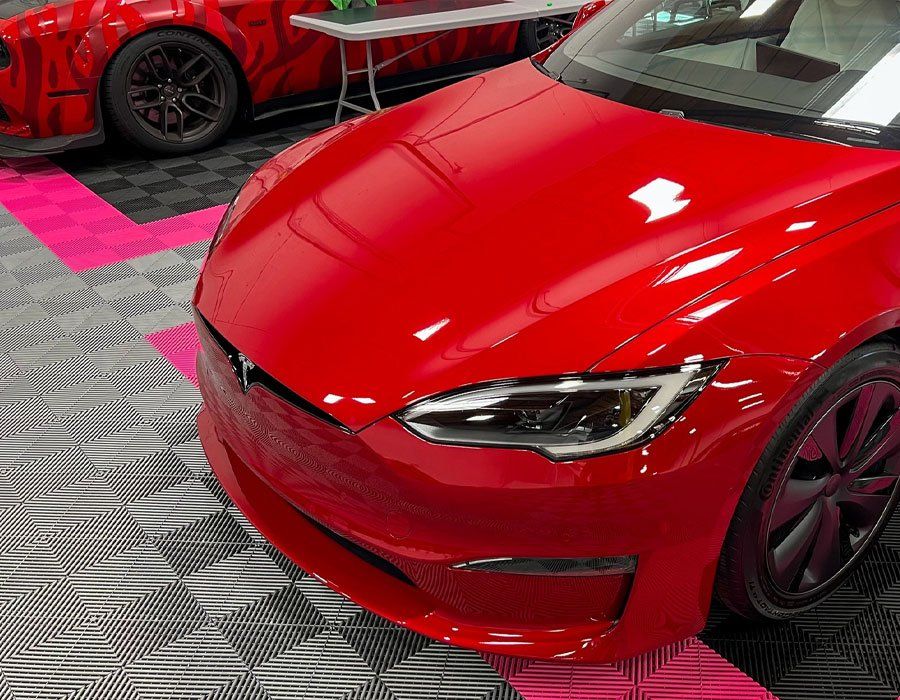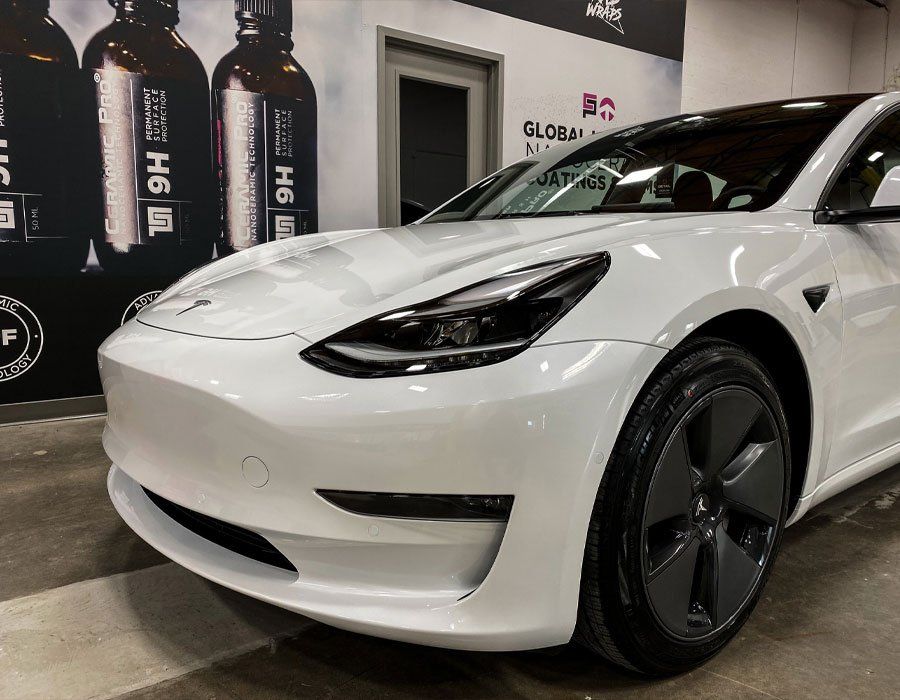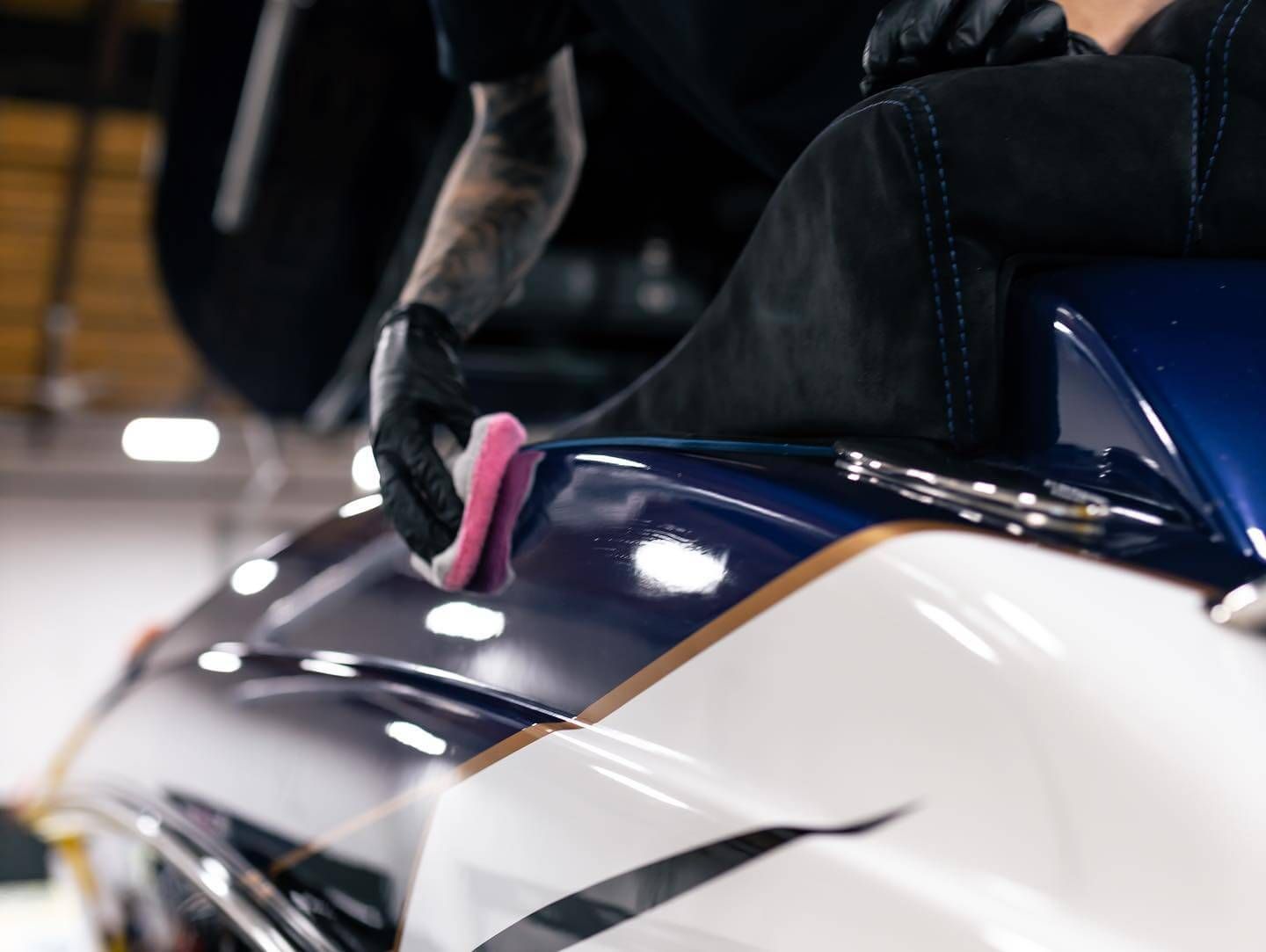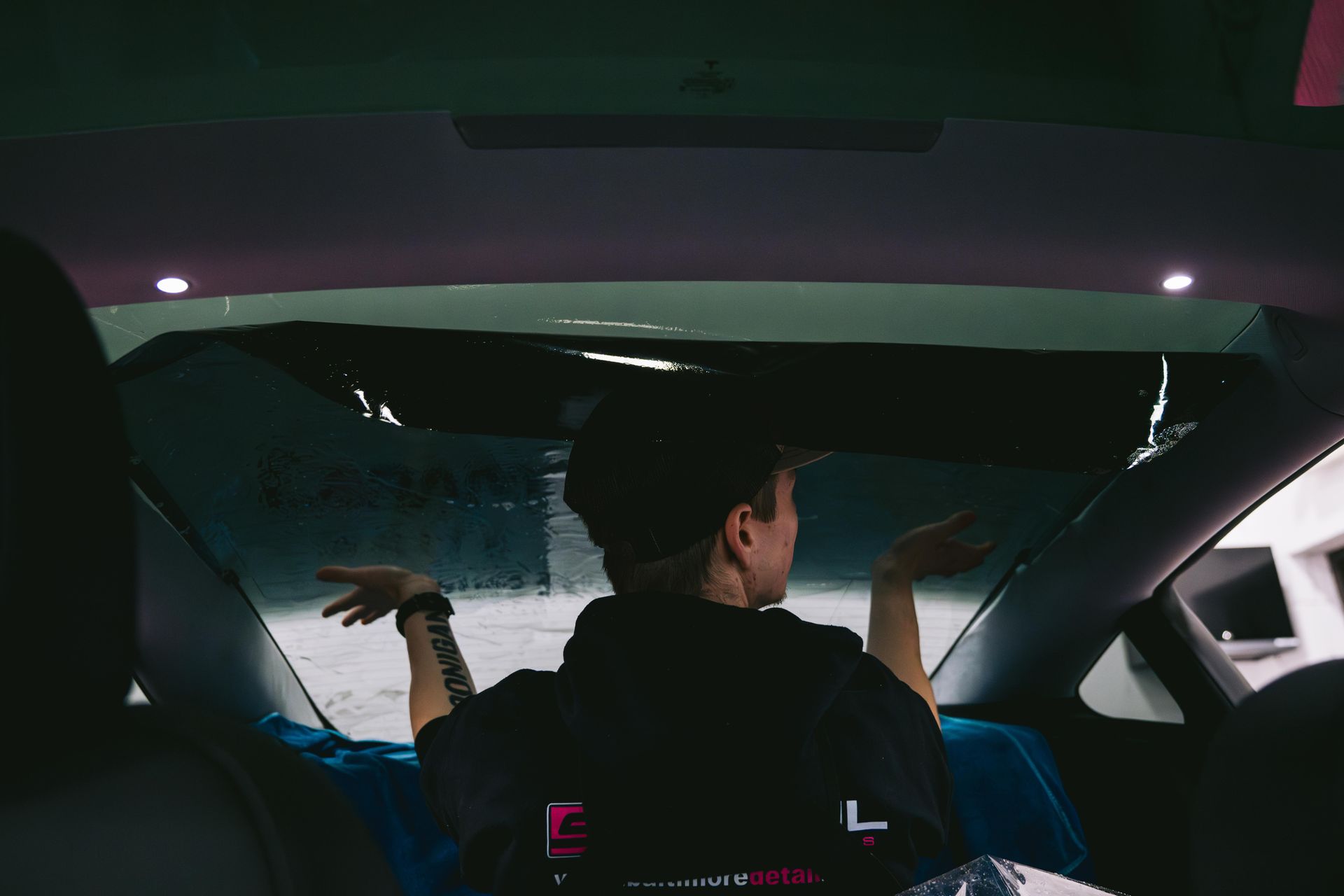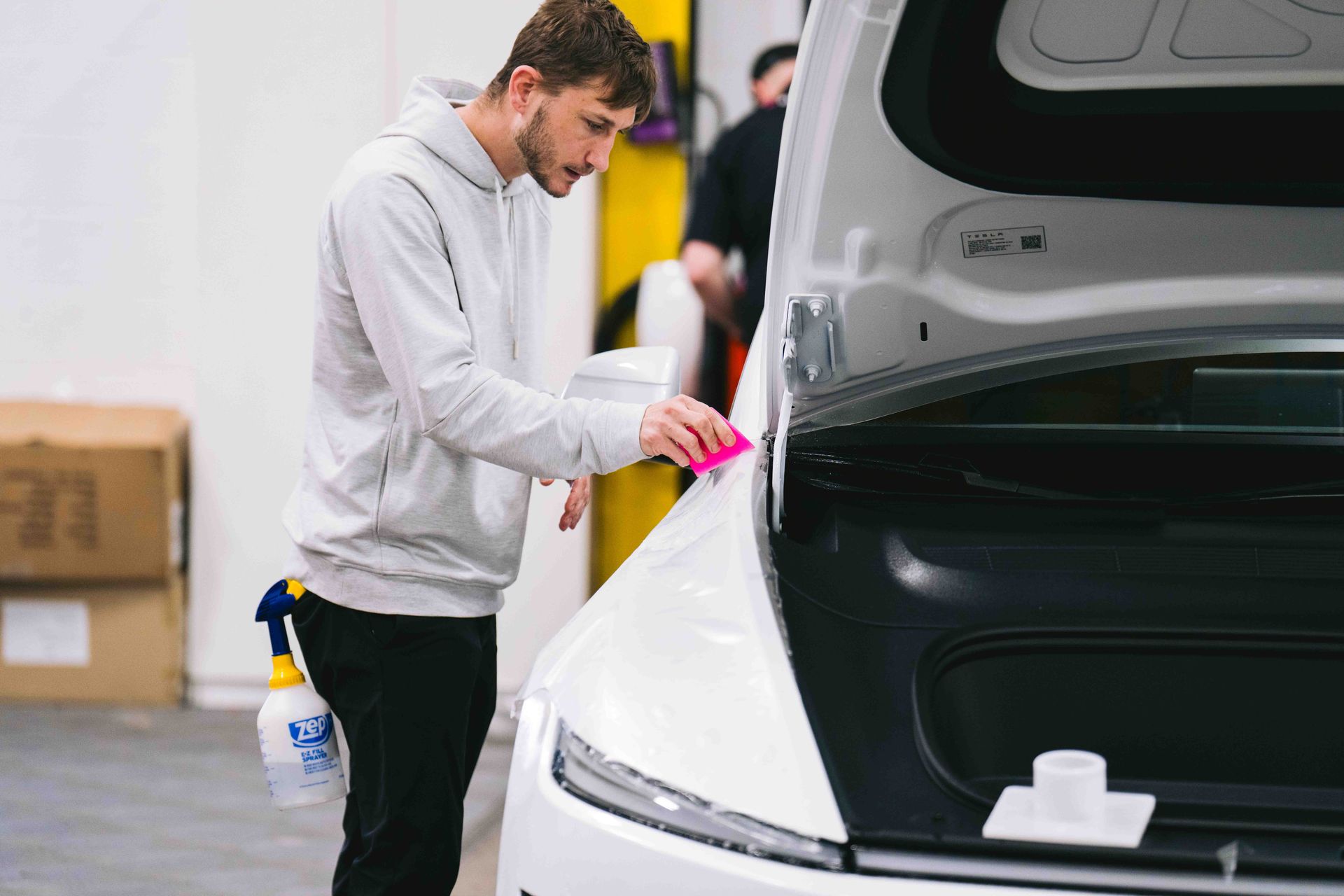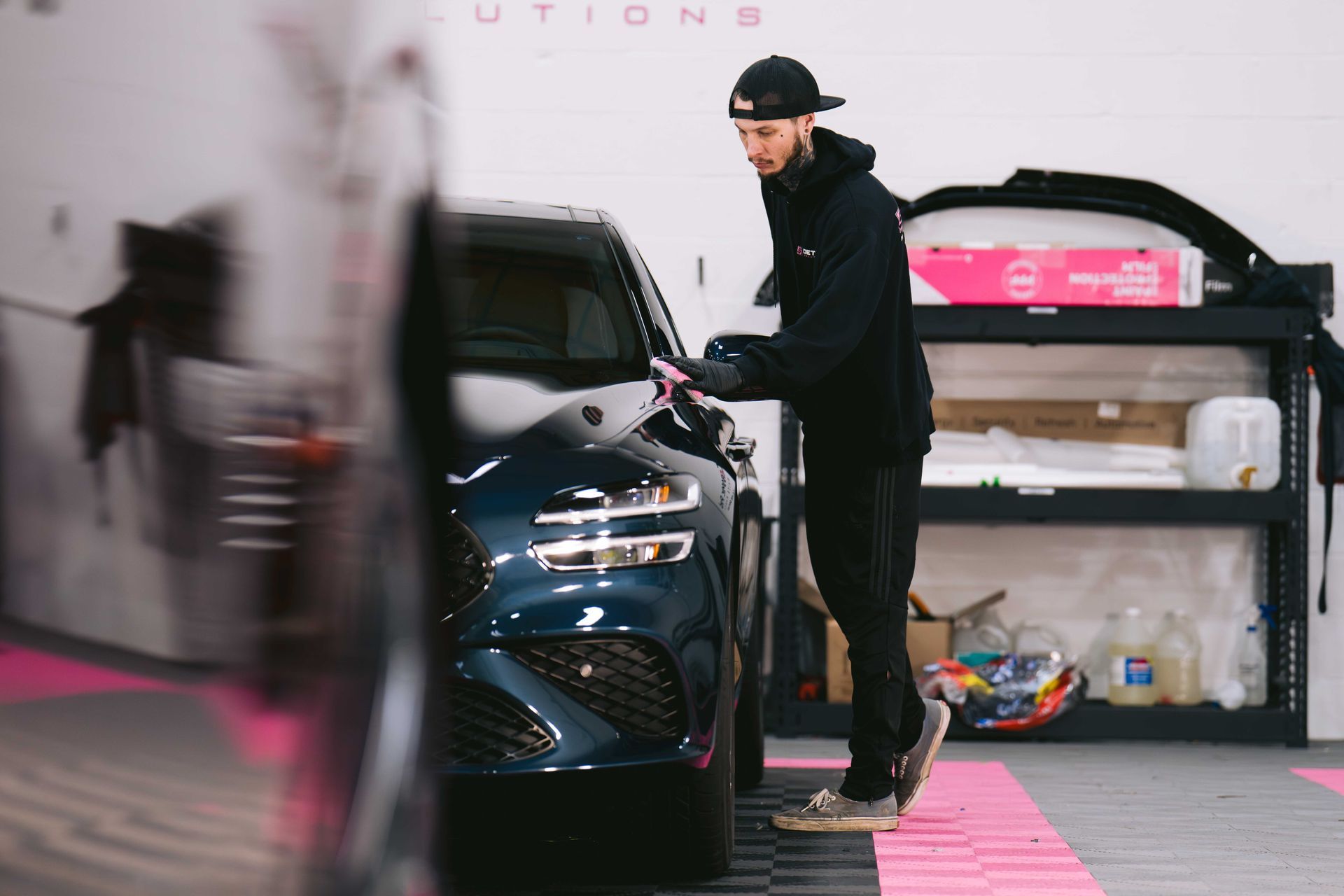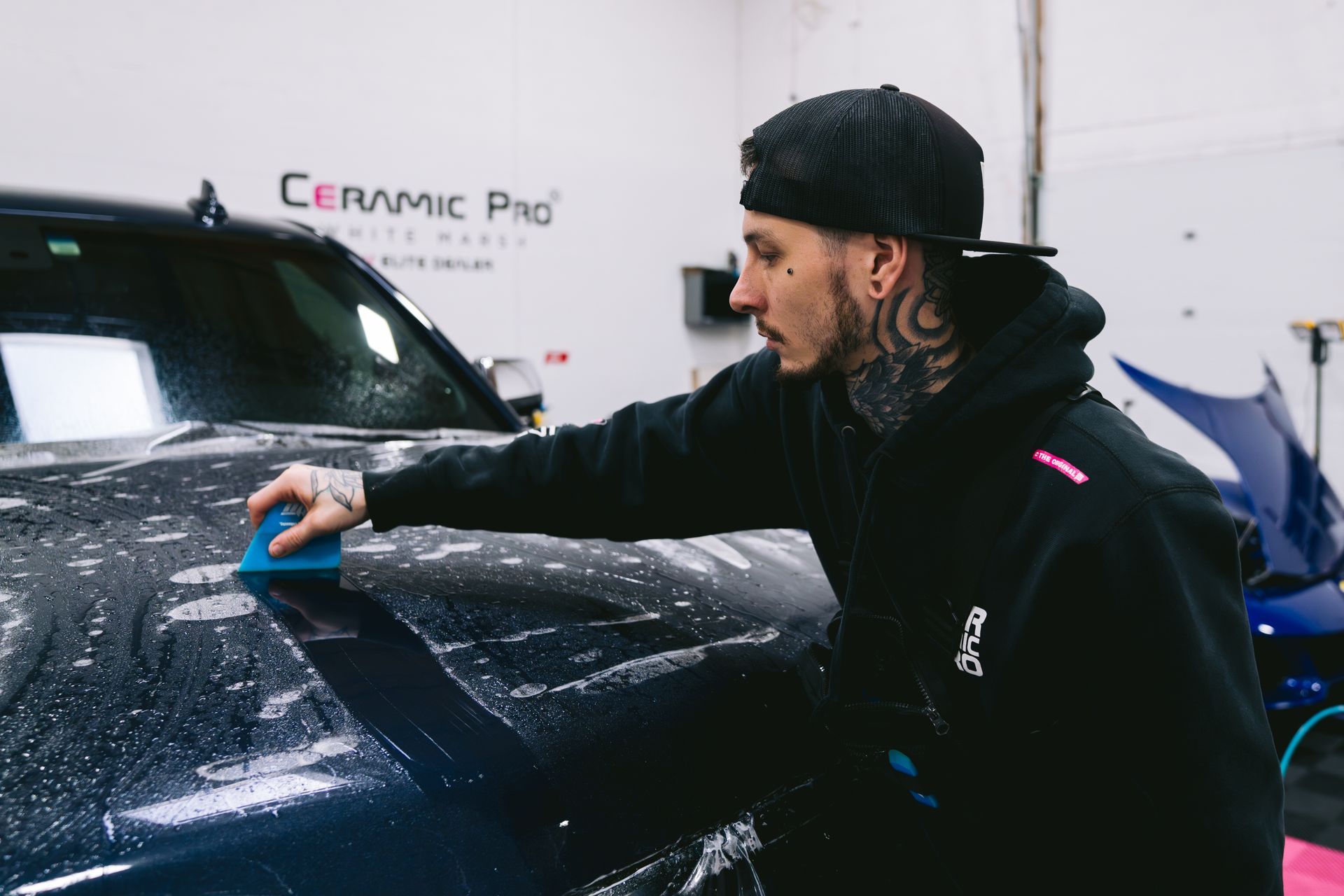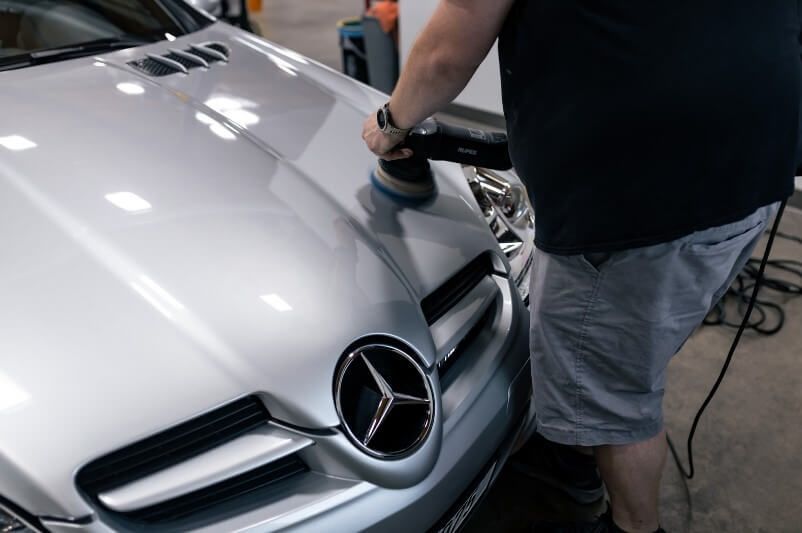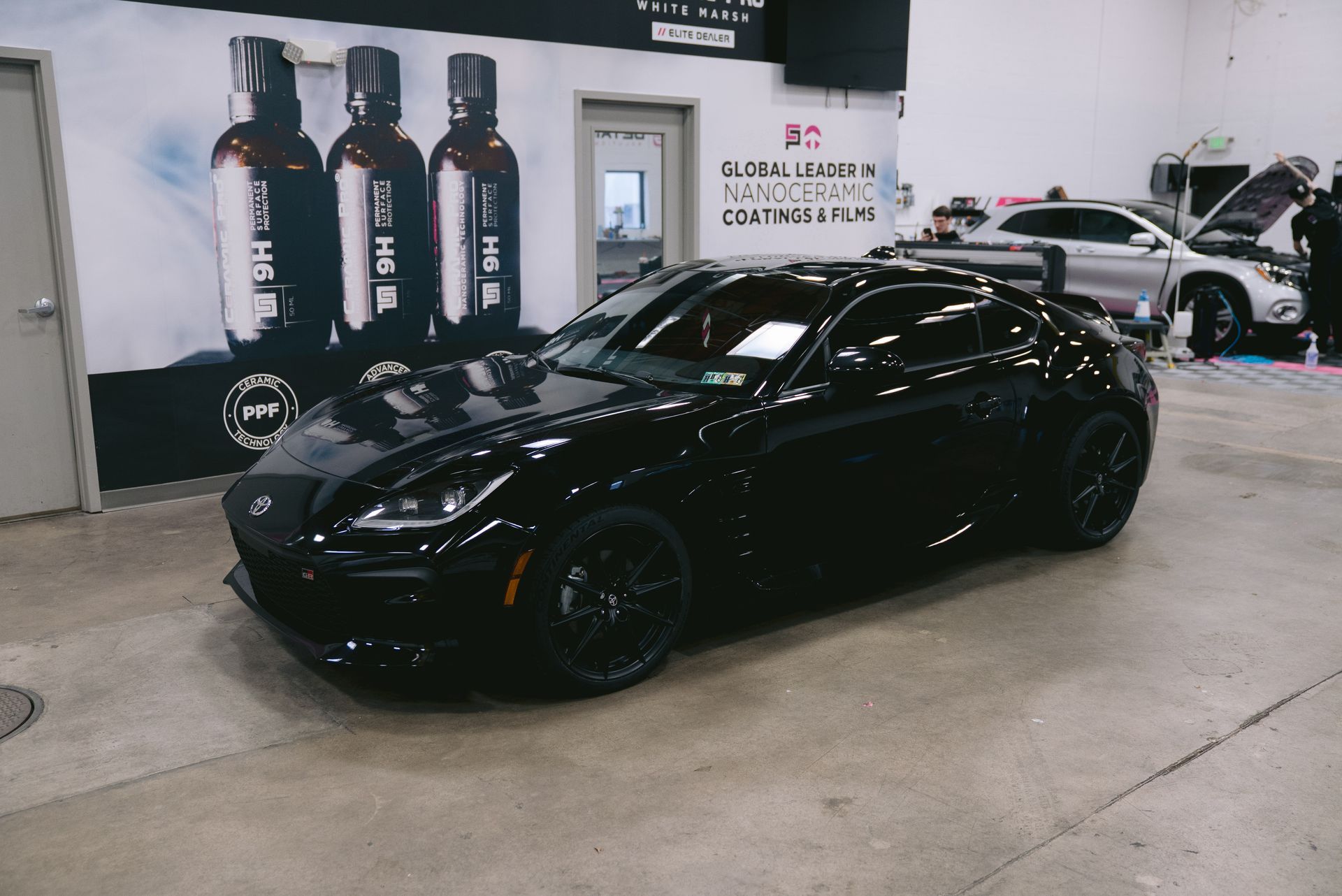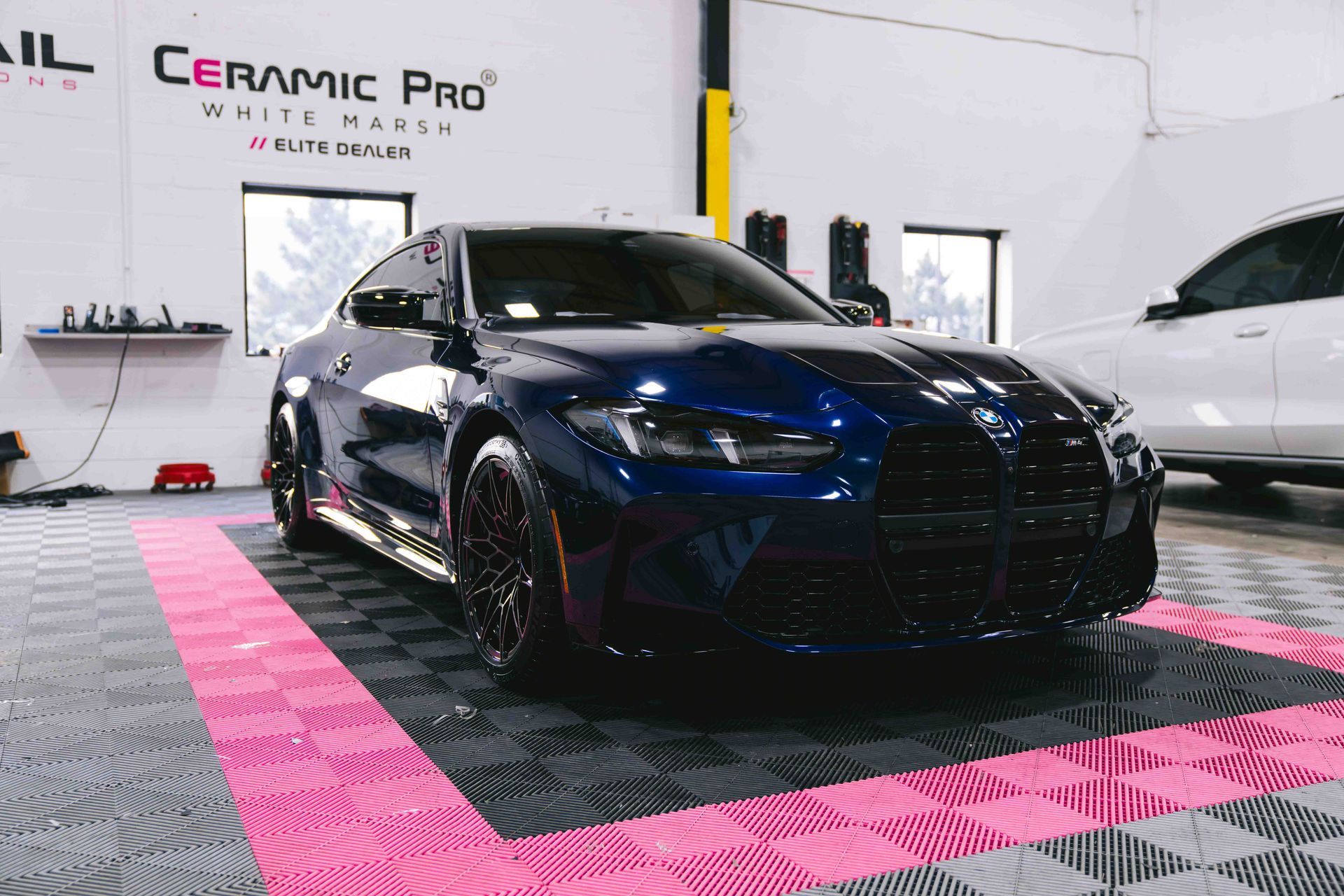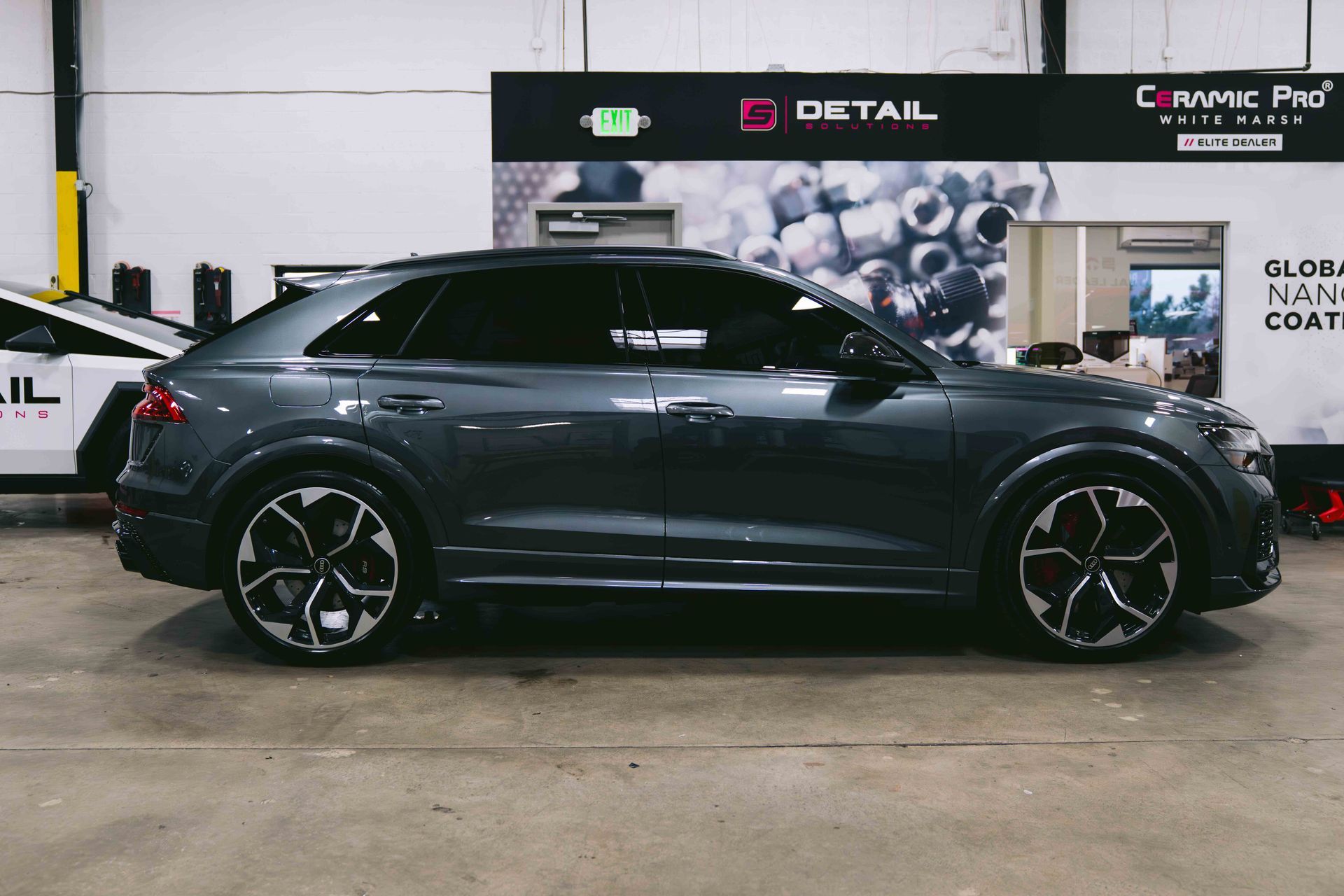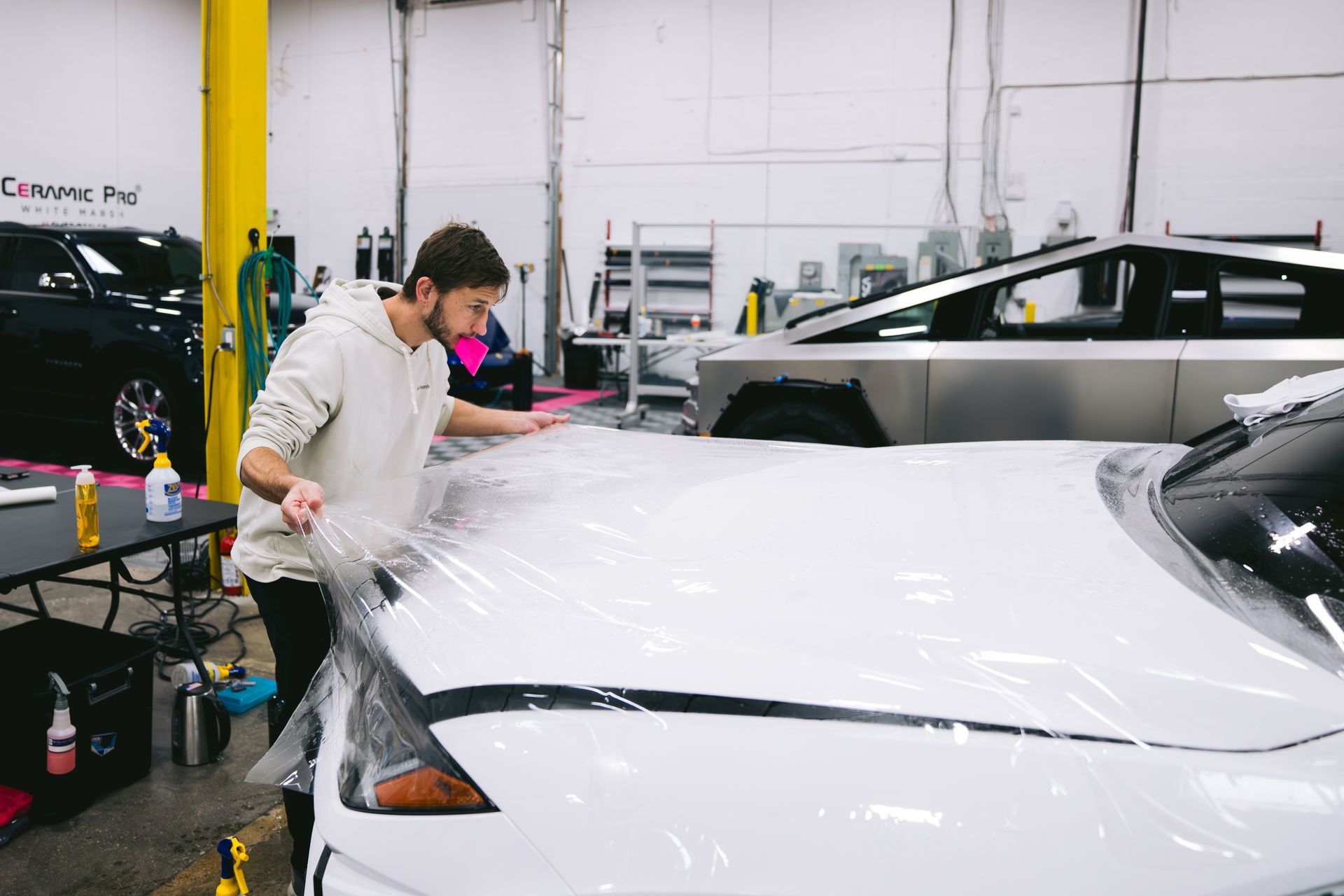Top 5 Signs Your Tesla Needs a Window Tint Upgrade
When you think about protecting your Tesla, window tints might not be the first thing that comes to mind. However, they play a crucial role in shielding both you and your vehicle from harsh sunlight. Just like wearing sunscreen protects your skin, quality tints help keep your car’s interior safe from UV rays and excessive heat—two things that can do serious damage over time. If you’ve invested in a Tesla, it’s only natural to want to keep it looking sharp and feeling comfortable during your daily drives. But how do you know when it's time for a window tint upgrade? Let’s dive into five signs that indicate it might be time to refresh those tired tints before they start costing you more than just discomfort.
The top five signs that your Tesla needs a window tint upgrade include visible air pockets or bubbling in the film, peeling edges due to adhesive breakdown, significant fading or discoloration, scrapes and scratches affecting clarity, and diminished effectiveness in blocking UV rays and heat. If you notice any of these issues, it may be time to replace your window tints for optimal performance and compliance with local regulations.
Increased Interior Heat
A significant yet often overlooked benefit of window tinting is its ability to maintain a comfortable temperature within the vehicle. When properly applied and functioning, high-quality tints can keep your car's cabin much cooler, providing relief from the intense heat outside. However, as tinted windows age, their ability to reflect sunlight diminishes, leading to uncomfortable driving conditions and sweltering interiors.
So rather than letting the summer sun turn your vehicle into a sauna, you might want to consider upgrading your window tint.
Thermal Comfort
The discomfort caused by excessive heat impacts passenger comfort and driver focus on the road. Moreover, studies show that standard clear glass allows approximately 70% of solar heat into the vehicle. By choosing high-quality ceramic tints, you can block up to an impressive 99% of harmful UV rays and reduce interior temperatures by more than 30°F (16.7°C). This not only translates to a more pleasant ride but also contributes to longer-lasting upholstery and electronic components.
To reach this level of thermal comfort and overall performance, investing in top-notch tints is essential.
Backup Solution - New Tints
When evaluating whether it's time for an upgrade, consider brands that specialize in advanced heat rejection technologies. These modern films provide exceptional UV protection along with enhanced clarity and visual quality. Owners who make this switch report noticing a dramatic difference in temperature control—a noticeable drop in heat buildup that makes each journey feel far more enjoyable.
For those frequently battling high interior temperatures during hot months, investing in one of these superior tints could transform your driving experience. High-quality window films add value by improving both the aesthetic appeal and functionality of your vehicle while ensuring you and your passengers stay comfortable regardless of what Mother Nature throws at you.
Remember, your Tesla's window tint plays a crucial role in both protection and comfort; don’t let outdated material compromise that experience.
Understanding how these factors impact your drive is essential as we look closer at another issue that affects not just comfort but also the longevity of your vehicle's interior materials.
Faded Interior Fabric
Window tints serve as a barrier against the sun's damaging rays, but their effectiveness wanes over time. As they degrade, the vibrant hues of your fabrics and upholstery may start to lose their luster. Think about it: it’s like watching your favorite shirt fade after too many washes in harsh sunlight.
You may first notice fading on seat covers or the dashboard, where intense sunlight streams in continuously. As studies have shown, untreated windows allow 50-70% of UV rays to infiltrate your vehicle, which can lead to substantial fading—up to 30% loss in color intensity within just a year.
A faded interior not only diminishes the aesthetic appeal of your Tesla but also signals that your tint is no longer effectively blocking those harmful rays.
If you spot discolored patches or areas that appear significantly lighter than others, it’s time to reassess your window tints. This fading is not merely cosmetic; it indicates that the fabric is unprotected and susceptible to further damage. Valuable materials such as genuine leather or high-end textiles, commonly found in Teslas, can suffer irreversible harm if left exposed without adequate UV protection.
Keeping your interior pristine isn’t just an investment in aesthetics; it’s about preserving value and providing comfort for you and your passengers.
Visual Indicators
It's essential to check all fabric surfaces rather than just focusing on the driver's seat. The effects of UV exposure can be subtle at first; however, seat belts and visors can also show signs of wear due to prolonged exposure over time.
When evaluating the condition of your interior, take a moment to observe how light interacts with various surfaces inside your vehicle. Notice any glossy spots on fabrics that used to be matte or changes in color tones. These are clear indicators that your window tints may have diminished effectiveness.
As we shift our focus, it's important to recognize how inadequate window tinting can impact both comfort and security inside your vehicle. Let's explore how these factors come into play next.
Loss of Privacy and Increased Glare
Window tints play a vital role in not just aesthetics but also in ensuring your comfort and security on the road. As time passes, you may notice subtle changes in the opacity of your tints that diminish their effectiveness. This gradual increase in transparency can compromise your ability to enjoy the privacy your vehicle’s windows once granted—an essential aspect, especially if your car often serves as a personal sanctuary during commutes or weekend getaways.
Transparency Changes
The transparency of window tints can evolve due to various factors. This degradation might start off undetected, allowing sunlight to creep through and affecting the tint’s ability to obscure the view inside your car. In many cases, you might silently wish for that original sense of seclusion while seated behind the wheel.
Think of UV damage as a slow, creeping enemy that stealthily erodes your car’s defenses against curious eyes. Each sunbeam brings with it a tiny bit of wear that compounds into noticeable changes over time. It’s imperative to be aware of these signs in order to maintain the confidentiality your tinted windows provide.
Glare Problems
Alongside issues with transparency comes increased glare—a significant concern particularly when driving during sunrise or sunset. This intense brightness can lead to eye strain and reduce visibility, making your driving experience both uncomfortable and dangerous. Newer tint technologies are specifically formulated to combat glare effectively. Investing in such options could make a noteworthy difference, providing enhanced clarity and comfort while reducing distractions from external light sources.
Whether it's the harsh rays of midday sun or the blinding headlights of oncoming traffic at night, efficient window tints are designed to mitigate glare effectively. If you find yourself squinting more frequently or switching lanes cautiously due to bright lights reflecting off bare windows, it’s time for an upgrade.
As you contemplate upgrading your tinting solution, remember that enhancing privacy goes hand-in-hand with improving safety on the road. Quality window tints not only keep unwanted attention at bay but also contribute towards a more relaxed driving environment by minimizing glare—all aspects worth considering to maintain an enjoyable driving experience.
With an understanding of how essential it is to stay ahead of transparency and glare issues, let us now look at other critical indicators that signal it might be time for a tint upgrade.
Aging or Peeling Tint
As your window tints age, they may start to lose their vibrant color and integrity. You might notice peeling, which typically begins at the edges and can quickly extend across the glass if left unattended. This deterioration primarily occurs due to prolonged exposure to intense sunlight and heat, weakening the adhesive properties of the film and compromising its ability to provide protection.
Visual Signs
While it may seem harmless at first glance, peeling tints can signal a major decline in performance. The gradual bubbling of the film can lead to larger air pockets forming under the surface. These imperfections not only diminish visibility but are also eyesores that take away from your vehicle's appearance.
Furthermore, if left for too long, this peeling can result in permanent damage to your windows, making it critical to act at the first signs.
In addition to peeling, you might find that areas of tint become discolored—often turning a faded or purplish hue—which indicates age and degradation of quality materials. Just like how leather can crack if exposed to too much sun without proper treatment, denoting a need for rejuvenation, so too do your window tints require attention when they begin to show wear.
Action Steps
If you or someone close to you notices these visual indicators on your windows—whether it's peeling edges or discoloration—consulting a professional is highly advisable. Professional services specialize in safely removing old tint layers without causing damage to the underlying glass or defroster lines, which can sometimes happen during DIY attempts. Ensuring that the residue adhesive is entirely cleared will create an optimal surface for new film application.
Investing in high-quality replacement tints can also pay off long-term. Consider products known for both aesthetics and durability such as 3M Crystalline or XPEL PRIME XR Plus, as users have reported noticeable improvements in protection against UV rays and heat retention compared to older films.
Keeping an eye on your window tints not only helps maintain the visual appeal of your Tesla but also ensures you remain updated with local tint laws and regulations that could affect performance and compliance. Regular inspections will help catch minor problems before they escalate into larger issues, ultimately extending the lifespan of both your film and vehicle glass.
Recognizing these signs is instrumental in maintaining your vehicle’s performance. Next, we will explore specific aspects related to effectiveness in blocking harmful rays.
Reduced UV Protection
Window tints serve as a crucial barrier against harmful ultraviolet (UV) rays, which can inflict serious damage over time. If your tint is aging or diminishing in functionality, it compromises its ability to filter out nearly all the damaging UV radiation. This isn’t just about protecting your skin during those long summer drives; it’s about safeguarding your overall health.
Think of it this way: while you might enjoy the view from your car, every ray of sunlight streaming in can contribute to skin damage, including premature aging and an increased risk of skin cancer.
Health Impacts
The medical community emphasizes the importance of UV protection as part of an overall health strategy. Prolonged exposure to these rays can lead to various skin issues, such as sunburns and photoaging—wrinkles and age spots that most of us would rather avoid. Did you know that even driving for just a few minutes without adequate UV protection can add to your cumulative exposure? Therefore, ensuring your tints are effective is not just a matter of comfort but also a vital aspect of preventative health.
If you're ready to enhance your Tesla's window protection and overall comfort, consider reaching out for professional assistance by visiting
Baltimore Detail or calling (410) 238-3000 today.

